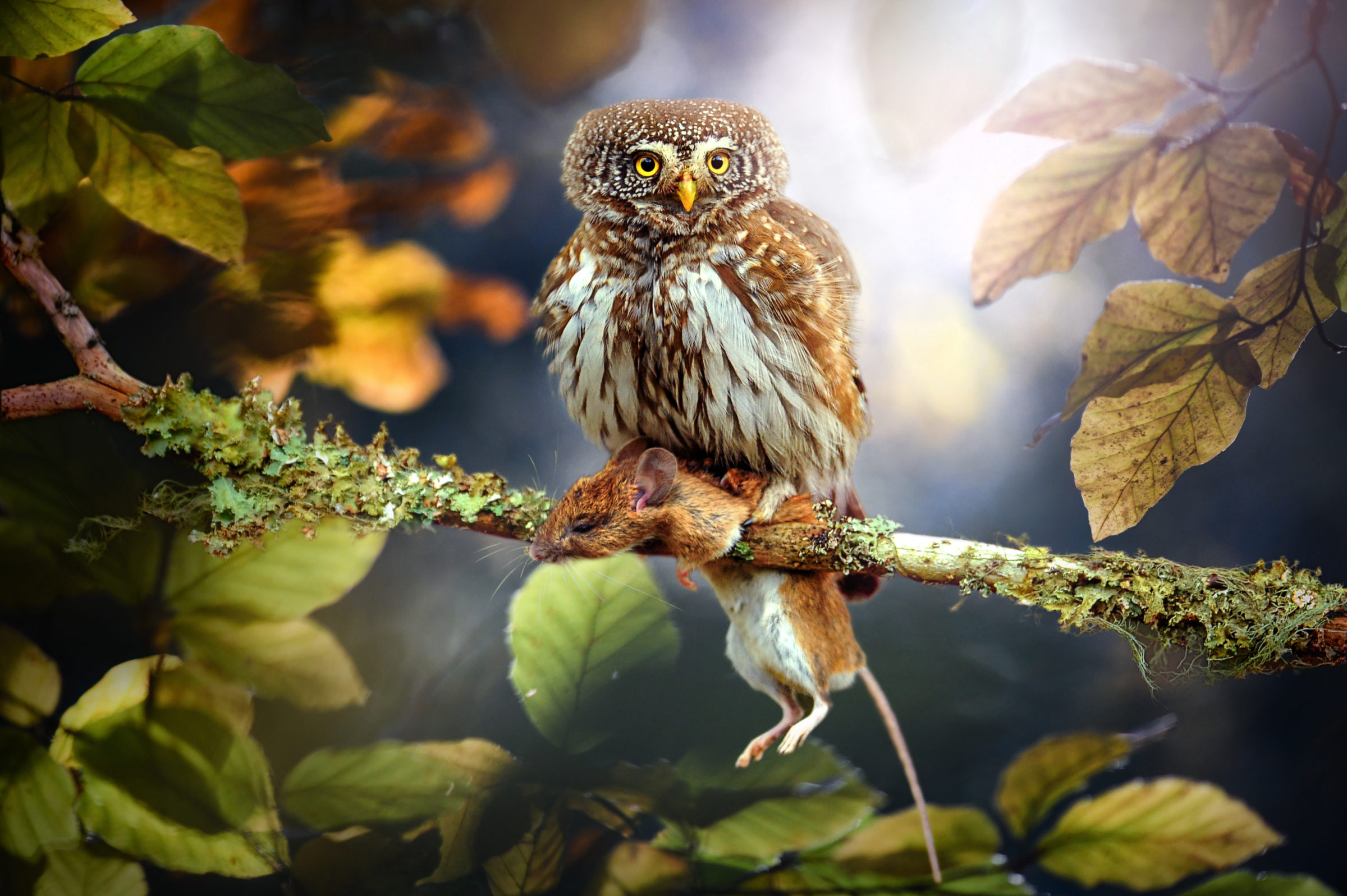 Intelligent Design
Intelligent Design
Suddenly, It’s OK to Say that Owls Are Engineered

News from Lehigh University tells about a mechanical engineer who recognizes a good engineering design when he sees it. Case in point: the owl.
These majestic birds, whose wingspans can be as long as a middle-schooler is tall, are a force to be reckoned with in the animal kingdom. Large owls, like the snowy owl, the great horned owl and the great gray owl, are silent hunters, giving them a predatory advantage over hawks and eagles, which depend on speed to catch prey.
Understanding how these large birds swoop noiselessly, says Justin Jaworski (pictured above), an assistant professor of mechanical engineering and mechanics, may help engineers create quieter airplanes, wind turbines and underwater vehicles. (Emphasis added.)
Snowy owls, you may be aware, have been turning up in unexpected places of late and making headlines. Something to do with the frosty weather.
Jaworski points out three physical features of owls that allow them to hunt silently: (1) the leading edge of the wing “is made of stiff, evenly spaced, mostly aerodynamic fibers that reduce noise.” (2) The upper surface of the wing is very fluffy, creating a buffer layer that reduces sound. It’s organized fluff: “When examined under a microscope, said Jaworski, this structure looks like vertical strings with interlocking barbs at their tops.” (3) The trailing feathers on the wing are flexible, reducing noise substantially.
Looking at the “elegant owl wing” with an engineer’s eye leads to scientific understanding:
“The trailing back edge is the predominant noise source for any blade that passes through the air — not only the owl, but also aircraft and wind turbines,” says Jaworski. “If you can eliminate the noise there you can have a lot of benefits.
“To be sure, you want to look at all three of these features in concert. We’re trying to understand, or at least to model in a useful way, each of these features in turn, and then see how they interact with each other.”
With two other engineers, Jaworski is already working on designs for quieter blades for windmill farms, imitating the features of the owl’s wing. “Commercial aircraft could also benefit from owl wing research,” we learn. It’s not clear how unguided processes of evolution could have arrived at this ideal combination of noise-reducing traits.
There’s something about design thinking that inspires emotions. Jaworski is “excited about the progress he and his team are making.” The source of the excitement is evident from this comment by Jaworski: “The more closely you look at owl feathers, the more amazing they reveal themselves to be.”
Watch Flight: The Genius of Birds for more about the intricate design of bird feathers.
